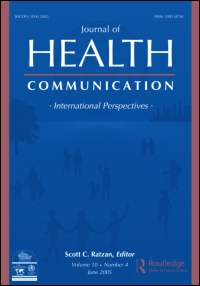 Abstract
Abstract
YouTube, a popular online site for user-generated content, is emerging as a powerful source of peer modeling of smoking. Previous research suggests that in counteracting such influence, health messages may inadvertently increase the perceived prevalence of drug use (a descriptive norm) without reducing its acceptability (injunctive norm). This research tested the ability of health messages to reduce the social acceptability of peer smoking on YouTube despite enhancing its perceived prevalence. In an online experiment with 999 adolescents, participants were randomly assigned to view one of two videos: (a) a mosaic displaying a variety of YouTube videos of adolescents smoking followed by a message about the mortality risk to those smokers, or (b) a control video on a health topic unrelated to smoking. Although exposure to the adolescent YouTube smokers increased perceived prevalence among some participants, it simultaneously increased beliefs about smoking’s adverse health outcomes and negative attitudes toward smoking, effects that were associated with reductions in injunctive norms of social acceptability. Interventions that communicate the severity and scope of health risks associated with smoking may undercut the descriptive normative effects of peer modeling of smoking on social media sites such as YouTube.
Authors
- Christopher Jones
- Susan Sherr

